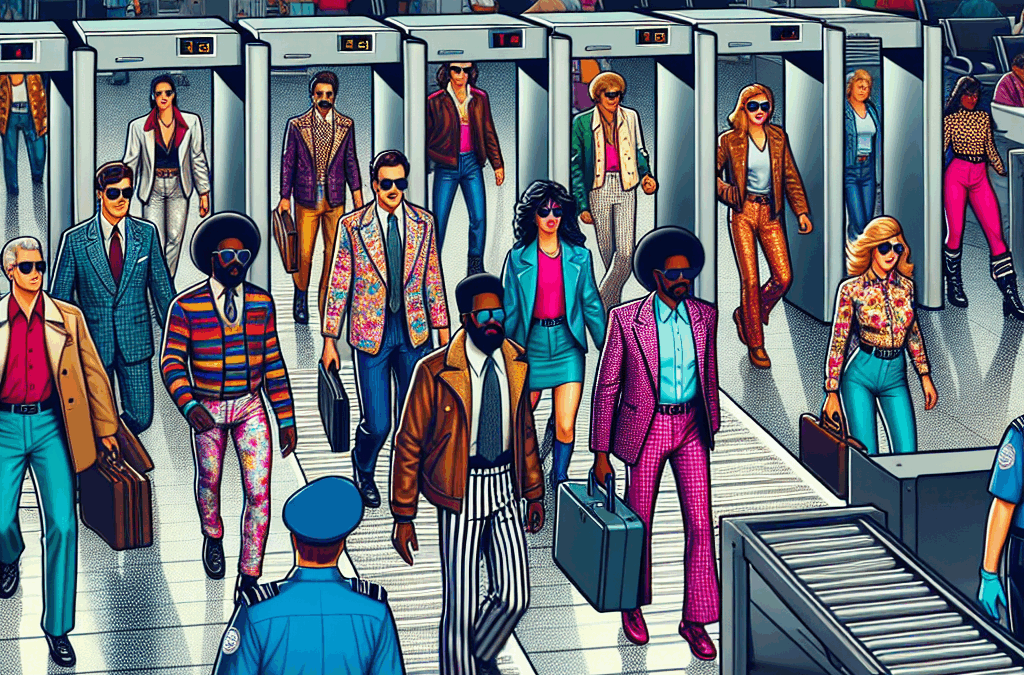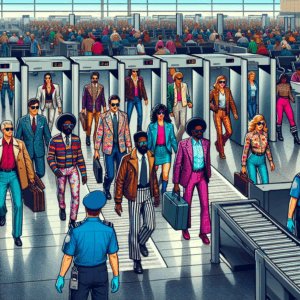Hold onto your high-tops, because we’ve got some tantalizing tidbits from the airport security world that might just make your next flight a little more bearable. Word on the street is that the Transportation Security Administration (TSA) has quietly initiated a change that allows ALL passengers to pass through checkpoints with their shoes firmly on their feet. But before you start celebrating, let’s delve into the details.
According to multiple sources, including the ever-reliable ‘Wall Street Journal’, the TSA made this change just yesterday. However, the agency has yet to release an official confirmation, leaving frequent flyers in a state of tantalizing uncertainty. When pressed for a comment, the TSA cryptically responded that they are “always exploring new and innovative ways to enhance the passenger experience and our strong security posture.” In layman’s terms, this could mean anything, giving TSA agents ample opportunity to continue the time-honored tradition of scolding passengers who get it wrong.
Now, if you’re already picturing a future filled with shoe-on convenience, hold your horses. Reports from social media reveal that many travelers were still asked to remove their shoes yesterday. It seems this rumored change hasn’t reached all airports yet, or perhaps it’s part of a gradual rollout. Either way, the shoe saga continues.
It’s hard to believe it’s been two decades since the shoe rule came into effect, all thanks to Richard Reid, the infamous ‘shoe bomber.’ His failed attempt to detonate an explosive hidden in his shoe back in 2001 led to this long-standing inconvenience. While the TSA may be rethinking the shoe policy, it might be time to revisit the infamous liquid rule as well.
A quick note for those flagged for additional screening: you’ll likely still be asked to bare your soles, especially if you lack a Real ID. So, keep those socks clean just in case.
As we await official word, travelers are left wondering what other changes might be on the horizon. For all the frequent flyers out there, this could be the dawn of a new, more convenient era in airport security—or just another false alarm in the annals of travel gossip.







